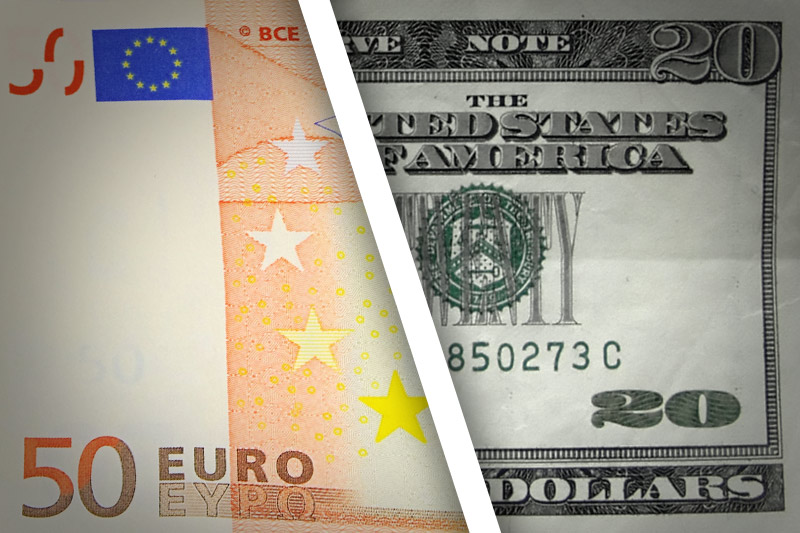Investing.com - The euro rebounded from session lows against the dollar on Monday after data showed that activity in the U.S. manufacturing sector contracted for the first time since November 2012 in May.
EUR/USD pulled back from 1.2956, the session low, to hit 1.3019 during U.S. morning trade, rising 0.19%.
The pair was likely to find support at 1.2943, Friday’s low and resistance at 1.3060, Thursday’s high and a three-week high.
The Institute for Supply Management said its index of purchasing managers fell to 49.0 in May from a reading of 50.7 in April. Analysts had expected an unchanged reading.
On the index, a reading above 50.0 indicates industry expansion, below indicates contraction.
The report showed that the ISM index of manufacturing prices fell to 49.5 from 50.0 in April. The new orders index registered 48.8, while the employment index declined to 50.1.
The weak data dampened expectations that the Federal Reserve will start to unwind its USD85 billion-a-month asset purchase program later this year.
The euro fell to session lows after better-than-expected euro zone manufacturing data dampened expectations for more easing measures by the European Central Bank at its policy meeting later in the week.
The region’s May manufacturing PMI improved to 48.3 from 47.8 in April indicating that the slump in the manufacturing sector is easing.
Germany’s manufacturing PMI was revised up to 49.4 in May from a final reading of 48.1 in April and above the preliminary reading of 49.0.
Separate reports showed that manufacturing activity in Spain contracted at the slowest pace in two years in May, while manufacturing activity in France shrank at the slowest pace in over a year.
The dollar fell to session lows against the pound and the yen, with USD/GBP rising 0.57% to 1.5281 and USD/JPY falling 0.65% to 99.76.
Sterling was boosted after data on Monday showed that the U.K. manufacturing PMI rose to 51.3 in May; the fastest rate of growth in 14 months, while April’s reading was revised up to 50.2 from a preliminary estimate of 49.8.
EUR/USD pulled back from 1.2956, the session low, to hit 1.3019 during U.S. morning trade, rising 0.19%.
The pair was likely to find support at 1.2943, Friday’s low and resistance at 1.3060, Thursday’s high and a three-week high.
The Institute for Supply Management said its index of purchasing managers fell to 49.0 in May from a reading of 50.7 in April. Analysts had expected an unchanged reading.
On the index, a reading above 50.0 indicates industry expansion, below indicates contraction.
The report showed that the ISM index of manufacturing prices fell to 49.5 from 50.0 in April. The new orders index registered 48.8, while the employment index declined to 50.1.
The weak data dampened expectations that the Federal Reserve will start to unwind its USD85 billion-a-month asset purchase program later this year.
The euro fell to session lows after better-than-expected euro zone manufacturing data dampened expectations for more easing measures by the European Central Bank at its policy meeting later in the week.
The region’s May manufacturing PMI improved to 48.3 from 47.8 in April indicating that the slump in the manufacturing sector is easing.
Germany’s manufacturing PMI was revised up to 49.4 in May from a final reading of 48.1 in April and above the preliminary reading of 49.0.
Separate reports showed that manufacturing activity in Spain contracted at the slowest pace in two years in May, while manufacturing activity in France shrank at the slowest pace in over a year.
The dollar fell to session lows against the pound and the yen, with USD/GBP rising 0.57% to 1.5281 and USD/JPY falling 0.65% to 99.76.
Sterling was boosted after data on Monday showed that the U.K. manufacturing PMI rose to 51.3 in May; the fastest rate of growth in 14 months, while April’s reading was revised up to 50.2 from a preliminary estimate of 49.8.
